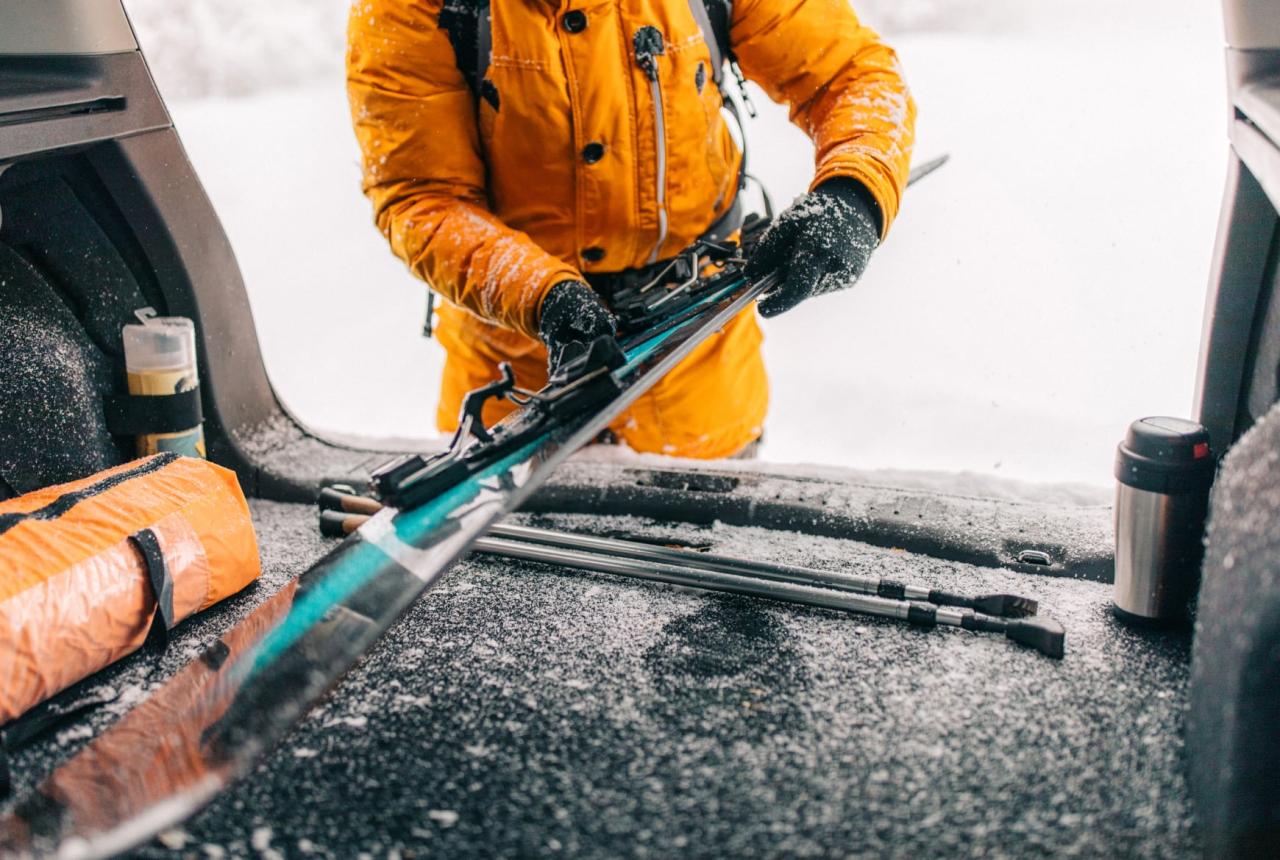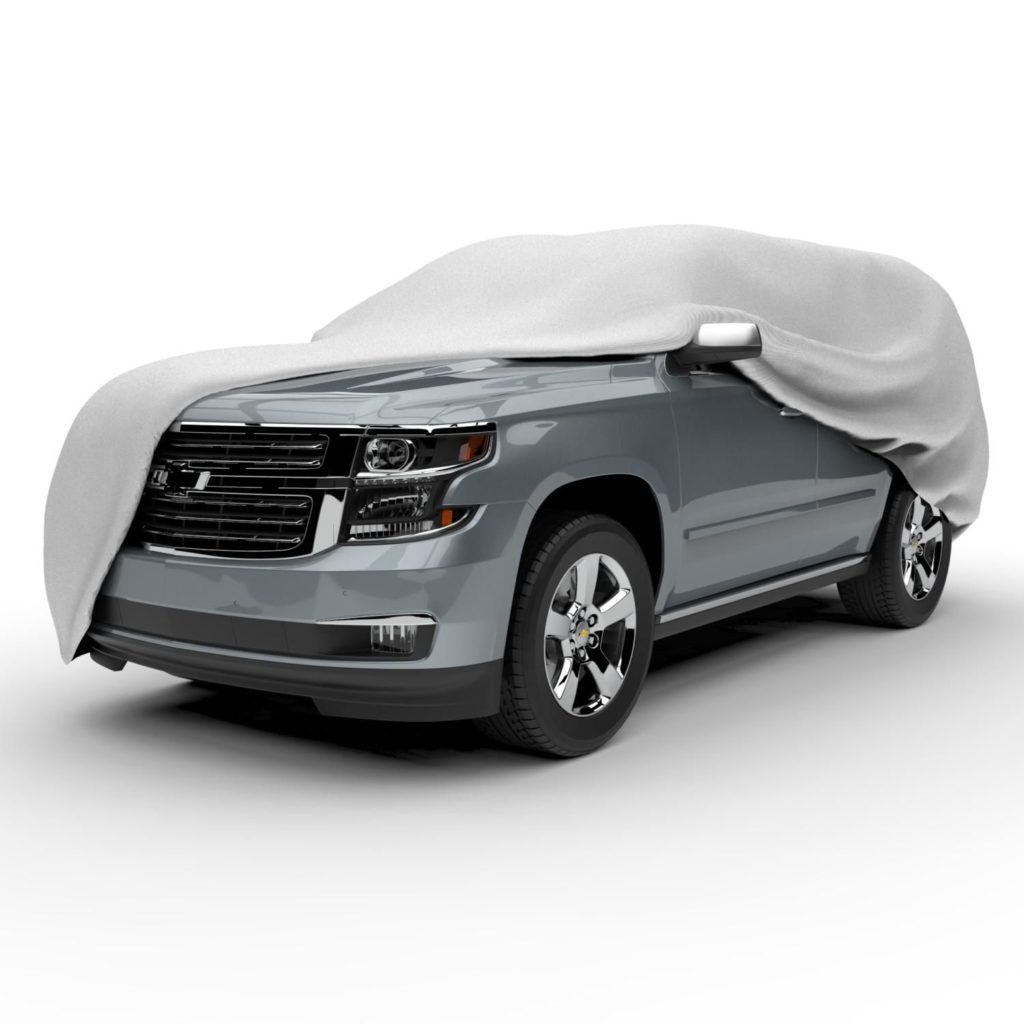Protecting Car Exterior in Extreme Weather: Essential Tips for Maintaining Your Vehicle
In the realm of extreme weather, safeguarding your car's exterior is paramount to ensure its longevity and aesthetics. From snowstorms to scorching heatwaves, the elements can wreak havoc on your vehicle if left unprotected. Let's delve into the importance of shielding your car from nature's wrath and explore effective methods to keep it looking pristine in any weather condition.
Importance of protecting car exterior in extreme weather

Protecting the exterior of your car in extreme weather conditions is crucial to ensure the longevity and overall condition of your vehicle. Without proper protection, various damages can occur, leading to costly repairs and decreased resale value.
Potential damages without protection
- Paint damage: Harsh weather elements such as UV rays, acid rain, snow, and hail can cause paint to fade, chip, or peel, exposing the metal underneath.
- Rust formation: Excessive moisture from rain or snow can lead to rust formation on the car's exterior, compromising its structural integrity.
- Cracking and fading: Extreme heat or cold can cause the car's exterior materials to crack, fade, or become brittle over time.
- Dents and scratches: Hail, debris, or tree branches can cause dents and scratches on the car's surface, affecting its appearance and value.
Maintaining resale value
By protecting your car's exterior in extreme weather conditions, you can maintain its resale value and ensure that it looks well-maintained and attractive to potential buyers. Regular washing, waxing, and using protective coatings can help preserve the exterior and prevent damage from the elements.
Types of extreme weather that can damage a car’s exterior
Extreme weather conditions can pose a significant threat to a vehicle's exterior, leading to various damages such as paint erosion, body dents, and overall deterioration. It is crucial to understand the different types of extreme weather that can impact a car's appearance and structural integrity.
1. Hailstorms
Hailstorms can cause extensive damage to a car's exterior, especially the paint and body. The impact of hailstones hitting the surface of the vehicle can result in dents, scratches, and chipped paint. In severe cases, hailstorms can even crack or shatter windows, leading to costly repairs.
2. Extreme Heat
Prolonged exposure to extreme heat can fade the paint on a car's exterior, making it appear dull and worn out. The intense UV rays from the sun can also cause the paint to peel or bubble, compromising the overall aesthetic appeal of the vehicle.
Additionally, high temperatures can lead to interior damage, such as cracked dashboards and leather seats.
3. Freezing Temperatures
Cold weather conditions, particularly freezing temperatures, can have adverse effects on a car's exterior. The expansion and contraction of materials due to temperature fluctuations can cause paint to crack or chip. Icy conditions can also lead to frozen door locks and windows, making it challenging to access or operate the vehicle.
4. Acid Rain
Acid rain, which is caused by pollutants in the atmosphere, can corrode a car's paint and metal surfaces over time. The acidic nature of rainwater can eat away at the protective clear coat, leaving the paint vulnerable to rust and discoloration.
Regular washing and waxing can help mitigate the effects of acid rain on a car's exterior.
5. Sandstorms
Sandstorms can result in abrasive particles scratching the surface of a car's paint, causing swirl marks and fine scratches. The fine sand particles can also get lodged in crevices and gaps, leading to accelerated wear and tear on the exterior surfaces.
It is essential to seek shelter during sandstorms to protect the car from such damages.
Methods to protect a car’s exterior in extreme weather
Protecting a car's exterior in extreme weather conditions is crucial to maintain its appearance and structural integrity
Using Car Covers
One effective way to protect your car's exterior is by using a car cover. Car covers provide a barrier against elements such as rain, snow, UV rays, and debris. Make sure to choose a cover that fits your car properly and is made of durable, weather-resistant material.
Garage Storage
Storing your car in a garage when not in use is another great way to shield it from extreme weather. A garage provides protection from precipitation, hail, and direct sunlight, helping to prevent paint fading, rust, and other damage. If a garage is not available, consider investing in a carport or temporary shelter.
Protective Coatings
Applying protective coatings such as wax or ceramic coatings can help create a barrier between your car's paint and the elements. These coatings provide an extra layer of protection against UV rays, dirt, and moisture. Regularly applying these coatings can prolong the life of your car's exterior finish.
Benefits of using specific products for protecting car exteriors

Using specialized products like ceramic coatings, waxes, sealants, or paint protection films can offer numerous benefits in safeguarding your car's exterior from the harsh effects of extreme weather conditions.
Ceramic Coatings
Ceramic coatings create a durable layer of protection on the car's paintwork, acting as a barrier against UV rays, acid rain, bird droppings, and other contaminants. They provide a glossy finish and make cleaning easier, reducing the risk of swirl marks and scratches.
Waxes
Waxes provide a protective layer that repels water, preventing moisture from causing rust or corrosion on the car's surface. They also enhance the shine of the paint and offer some level of UV protection. Regular application can maintain the appearance of the car's exterior over time.
Sealants
Sealants form a protective coating that bonds with the paint, creating a barrier against environmental pollutants, UV rays, and water spots. They offer long-lasting protection and can withstand repeated exposure to extreme weather conditions, ensuring the longevity of the car's exterior finish.
Paint Protection Films
Paint protection films are transparent, self-healing films that shield the car's paintwork from scratches, chips, and stains. They are particularly effective in high-impact areas such as the front bumper and hood, providing a sacrificial layer that preserves the original paint underneath.
Testimonials and Reviews
Users have reported significant improvements in the longevity and appearance of their car's exterior after using these specific products. Many have praised the ease of maintenance and the enhanced protection against harsh weather elements. Overall, the feedback has been positive, with users recommending these products for anyone looking to protect their car's exterior effectively.
Conclusive Thoughts

As we wrap up our discussion on protecting your car's exterior in extreme weather, remember that investing in proper maintenance and protective measures can go a long way in preserving your vehicle's value and appearance. By taking proactive steps to shield your car from the elements, you can enjoy a sleek and well-maintained ride for years to come.
General Inquiries
How can extreme weather damage a car's exterior?
Extreme weather conditions like hailstorms, UV radiation, and heavy snow can cause paint fading, dents, and corrosion on a car's exterior.
What are the benefits of using ceramic coatings to protect a car's exterior?
Ceramic coatings provide a durable layer of protection against UV rays, acid rain, and other environmental contaminants, enhancing the car's shine and repelling water effectively.
Is garage storage an effective method to protect a car's exterior in extreme weather?
Yes, storing your car in a garage shields it from direct exposure to harsh weather elements, preventing paint damage, rust formation, and other issues caused by extreme conditions.




